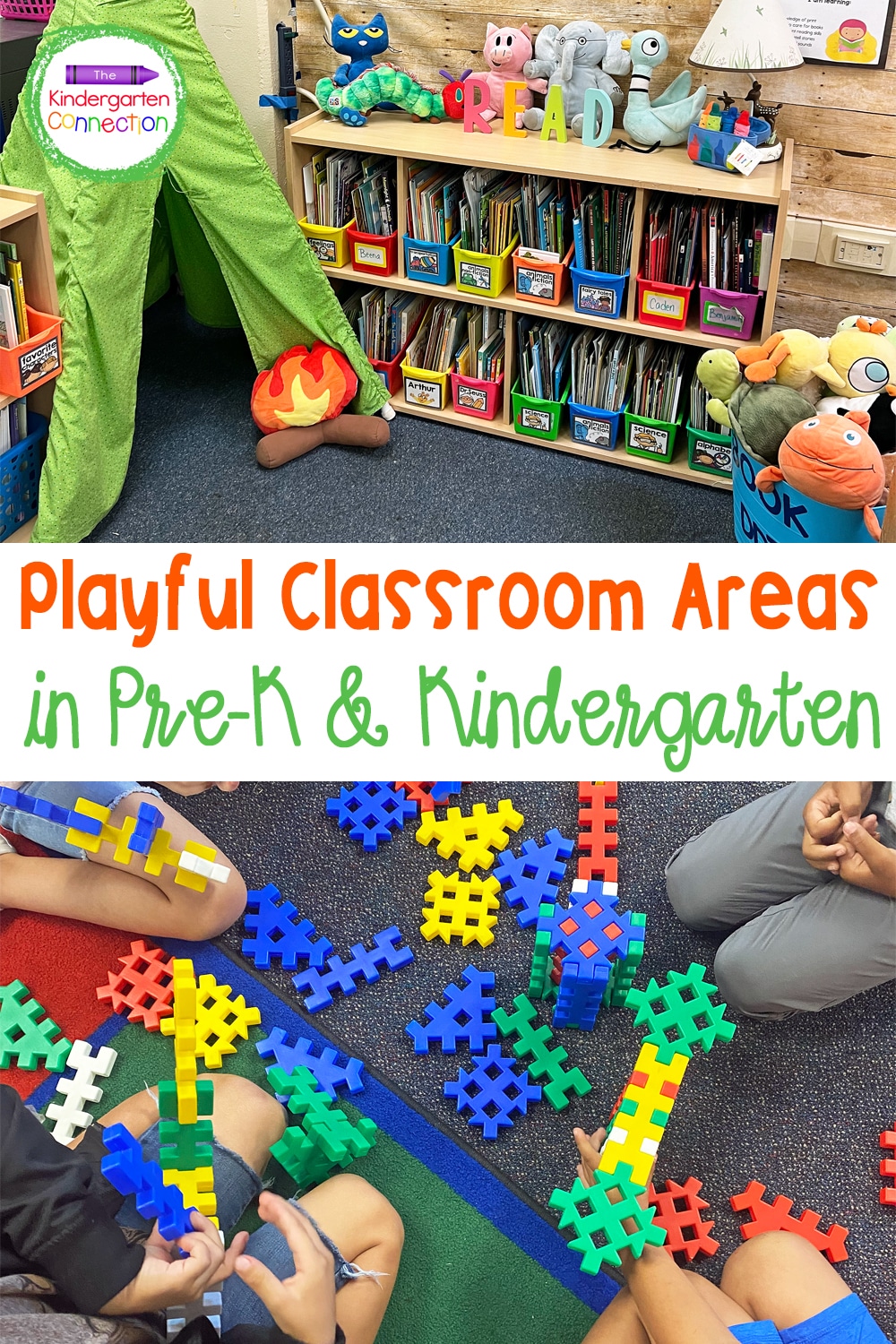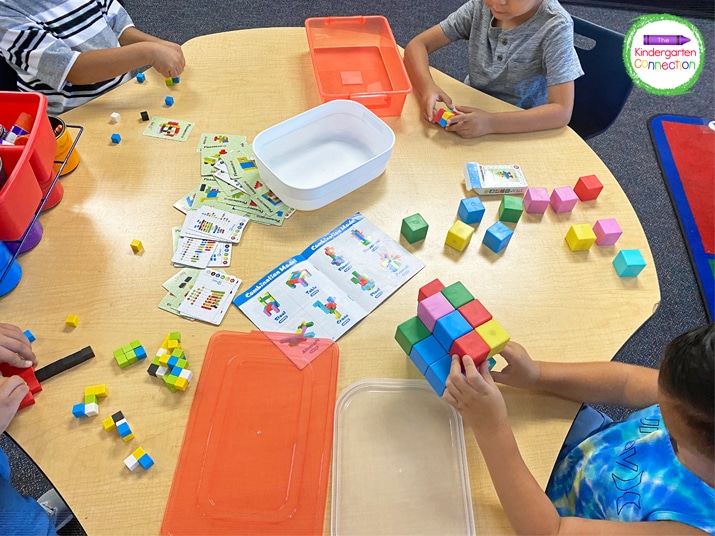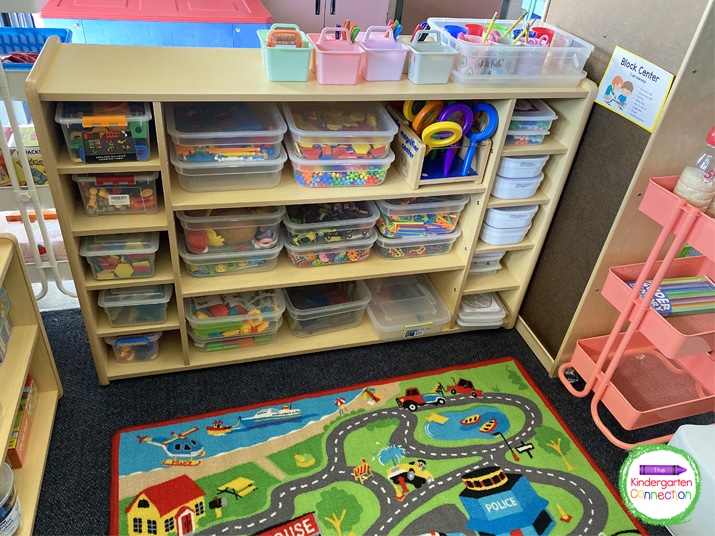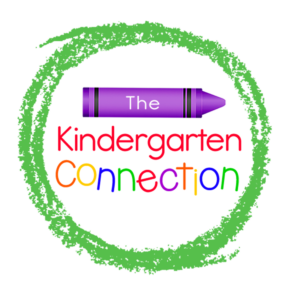Wouldn’t it be wonderful if the words “playful” and “learning” were always used in the same sentence together? Play teaches children so much! It teaches them how to solve problems, how to create and build, and how to get along. When inside the classroom, play fosters the development of math, literacy, language, communication, and social skills. In Pre-K and Kindergarten, these important playful classroom areas are the perfect spaces to give opportunities for creativity, play, and learning!
*Grab our Play and Learn with Manipulatives Bundle for playful, hands-on math and literacy activities for Pre-K & Kindergarten!

Important playful areas may look different from classroom to classroom and that’s okay! By “area” I mean a designated space, typically divided by shelves or furniture so that students are “entering in.” This may sound complicated but it doesn’t have to be. Keep reading for some helpful tips to create your own playful environment!
To begin, here are the top areas I try to make sure I have in my classroom each year:

If you don’t have access to any spare furniture or shelves, those 3-drawer cubbies at Walmart or Target will work too!
I know we all have different spaces, furniture, and supplies – so sometimes we have to think outside the box! That may mean combining areas and using things a little differently.

If you are low on space, you can turn the shelves in one of your playful areas the opposite way – this will give you a “designated space” for both playful areas AND organization.
You will want to keep your playful areas organized, consistent, and clearly labeled. Ideally, you will have taught the procedures, routines, and expectations that are expected in each playful area before your students use them.

Imagine your students making choices, learning, and having fun at the same time. I teach all of this fully in the P.L.A.Y Course! Playful Learning All Year (P.L.A.Y.) is your pathway to increasing the learning, engagement, and independence of your students, particularly in your math and literacy centers.
So be sure you’re hanging out with me and request your invite by clicking the red button at the end of the post to stay in the loop for when the course returns!
(even if you “aren’t allowed to play”)
If you’re wanting to incorporate playful learning, free-flowing centers, effective routines, and more in your Pre-K or Kindergarten classroom, then you’ll definitely want to join us in P.L.A.Y. (Playful Learning All Year)!
This course is a deep dive into practical ways that you can create a playful learning environment in your classroom. Be sure to request an invitation so you’re the first to hear when the virtual doors open!
